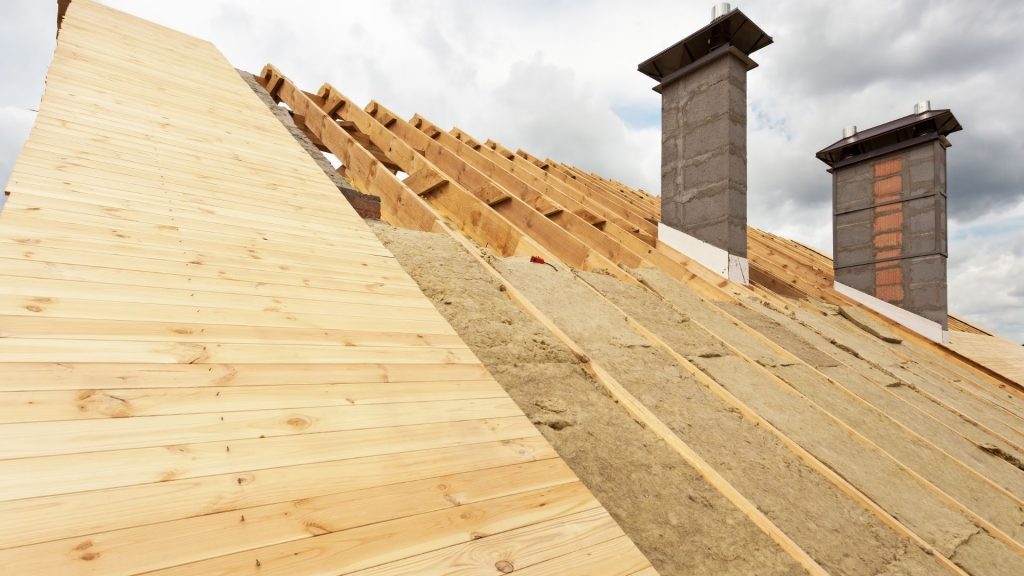Structural Insulated Panels (EPS) are used in various parts of the world, including:
North America: SIPs are widely used in residential, commercial, and industrial construction in the United States and Canada. They are utilized for walls, roofs, floors, and other building components, offering energy efficiency, structural strength, and construction efficiency.
Europe: SIPs have gained popularity in Europe for their energy-efficient and sustainable construction properties. They are used in countries such as the United Kingdom, Germany, Sweden, and the Netherlands. European building regulations and energy standards have encouraged the adoption of SIPs for their thermal performance and environmental benefits.
Australia and New Zealand: SIPs are used in the construction industry in Australia and New Zealand. They are favored for their insulation properties, structural integrity, and rapid construction capabilities.
Asia: EPS are increasingly being utilized in various Asian countries, including Japan, South Korea, and China. These countries recognize the benefits of SIPs for energy-efficient buildings and have incorporated them into their construction practices.
Latin America: SIPs are gaining traction in countries like Mexico, Brazil, and Chile, where sustainable building practices and energy efficiency are becoming more prominent.
Other Regions: SIPs are also used in other parts of the world, such as Africa and the Middle East, where the demand for energy-efficient and environmentally friendly construction solutions is growing.
The use of SIPs is influenced by factors such as local building codes, climate conditions, energy efficiency requirements, and construction practices specific to each region. The advantages of SIPs, including energy efficiency, rapid construction, and thermal performance, have contributed to their adoption in various parts of the world.
Table of Contents
ToggleHow big is the structural insulated panel market?
The size of the global structural insulated panel (EPS) market is influenced by several factors, including regional construction trends, energy efficiency regulations, and market demand for sustainable building materials. While precise market size data may vary depending on the source and methodology, the SIP market has been experiencing steady growth in recent years.
According to a report by Grand View Research, the global SIP market was valued at approximately USD 574.6 million in 2020. The market is projected to expand at a compound annual growth rate (CAGR) of around 4.3% from 2021 to 2028.
The growth of the SIP market can be attributed to several factors:
Increasing Awareness of Energy Efficiency: Energy-efficient construction practices and sustainable building materials have gained significant attention worldwide. SIPs, with their excellent thermal performance, have become a preferred choice for energy-conscious builders and developers.
Stringent Building Codes and Regulations: Governments and regulatory bodies in many regions are implementing stricter energy efficiency standards and building codes. EPS, as a highly efficient and compliant building material, have seen increased demand as a result.
Construction Industry Trends: The construction industry is increasingly embracing off-site or prefabricated construction methods to improve project efficiency and reduce construction timelines. SIPs, being prefabricated and easy to install, align well with these industry trends.
Environmental Considerations: EPS are known for their environmental benefits, including reduced energy consumption, lower carbon emissions, and minimal waste during construction. These eco-friendly qualities have contributed to their growing popularity.
Additionally, advancements in SIP technology, increased adoption in residential and commercial sectors, and expanding construction activities in emerging economies are expected to drive further market growth.
It’s worth noting that market sizes and growth rates can vary between regions and countries. Consulting market research reports or industry analyses specific to your region can provide more accurate and detailed insights into the size and potential of the EPS market in a specific area.

What are structural insulated panels used for?
Structural Insulated Panels (EPS) are used for a variety of construction applications, offering a combination of insulation and structural integrity. Some common uses of SIPs include:
Walls: SIPs are frequently employed for wall construction in residential, commercial, and industrial buildings. They provide excellent insulation properties, structural strength, and airtightness, contributing to energy efficiency, comfort, and durability.
Roofs: SIPs are used as roofing panels, providing thermal insulation and structural support. They help maintain consistent indoor temperatures, reduce heat loss or gain, and contribute to energy savings.
Floors: SIPs can be utilized for floor systems, offering insulation and load-bearing capabilities. They provide a solid, stable platform while maintaining energy efficiency.
Complete Building Envelopes: EPS can form the complete building envelope, encompassing walls, roofs, and floors. This integration ensures a continuous thermal barrier, minimizing air leakage and optimizing energy performance.
Prefabricated Structures: SIPs are often utilized in the construction of prefabricated or modular buildings. The panels are fabricated off-site and assembled on-site, allowing for efficient and rapid construction.
Retrofitting and Renovations: SIPs are suitable for retrofitting or renovating existing structures, improving their energy efficiency and upgrading their insulation properties. They can be used to replace traditional construction materials in walls, roofs, or floors.
High-performance Buildings: SIPs are favored in the construction of high-performance or green buildings. Their superior insulation properties, reduced thermal bridging, and airtightness contribute to achieving energy efficiency targets and sustainability goals.
Commercial and Industrial Applications: SIPs are employed in various commercial and industrial buildings, such as offices, schools, healthcare facilities, warehouses, and agricultural structures. They offer energy-efficient solutions for both new construction and retrofit projects.
The versatility, energy efficiency, and construction efficiency of EPS make them suitable for a wide range of applications. They provide an integrated solution that combines insulation, structural strength, and design flexibility, offering benefits for sustainable and efficient building practices.



